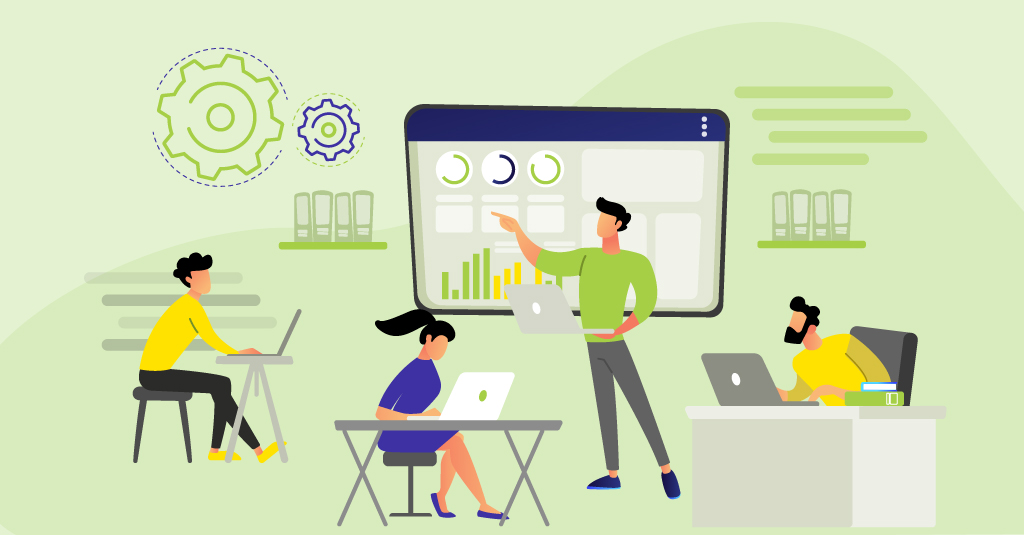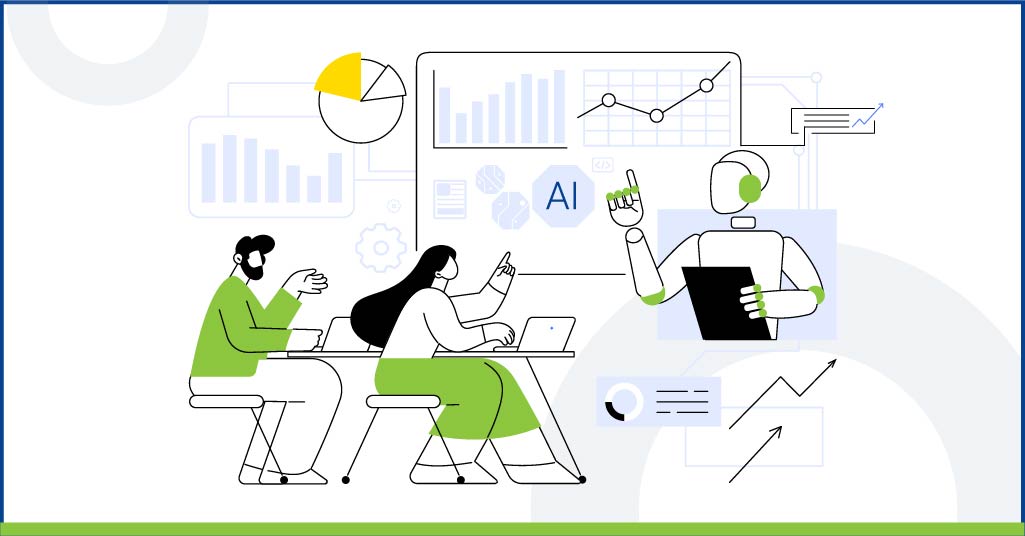We fail for two reasons, says Dr Atul Gawande1, the famous writer and surgeon, quoting philosophers Samuel Gorovitz and Alasdair MacIntyre. Either we are ignorant (we just do not know) or we are inept (we fail to correctly apply what we know). Of course, Dr Gawande goes on to make a fascinating case for the humble to-do list in his famous book The Checklist Manifesto.
Not many of us in learning and development get to keep as many balls in the air as Dr Gawande proficiently does but let us relook at the two reasons for our fallibility.
What if we have an efficient checklist but neither our memory nor our skill is equipped to save the ship? How can a checklist help if are faced with an uncommon situation and our learning is not durable enough to adapt when it matters most?
What and why of durable learning
Durability is integral to the very definition of learning by Gagné and Medsker2: “Learning is the relatively permanent change in human capability or disposition that is not ascribable simply to the processes of growth.”
The MDPI Encyclopedia describes deep, meaningful learning as “higher-order thinking and development through manifold active intellectual engagement aiming at meaning construction through pattern recognition and concept association. It includes inquiry, critical thinking, creative thinking, problem-solving, and metacognitive skills….Its achievement is verified through knowledge application in authentic contexts.”
It goes on to describe the hierarchy of six conceptions of learning as developed by F. Marton and R. Säaljö of Sweden.
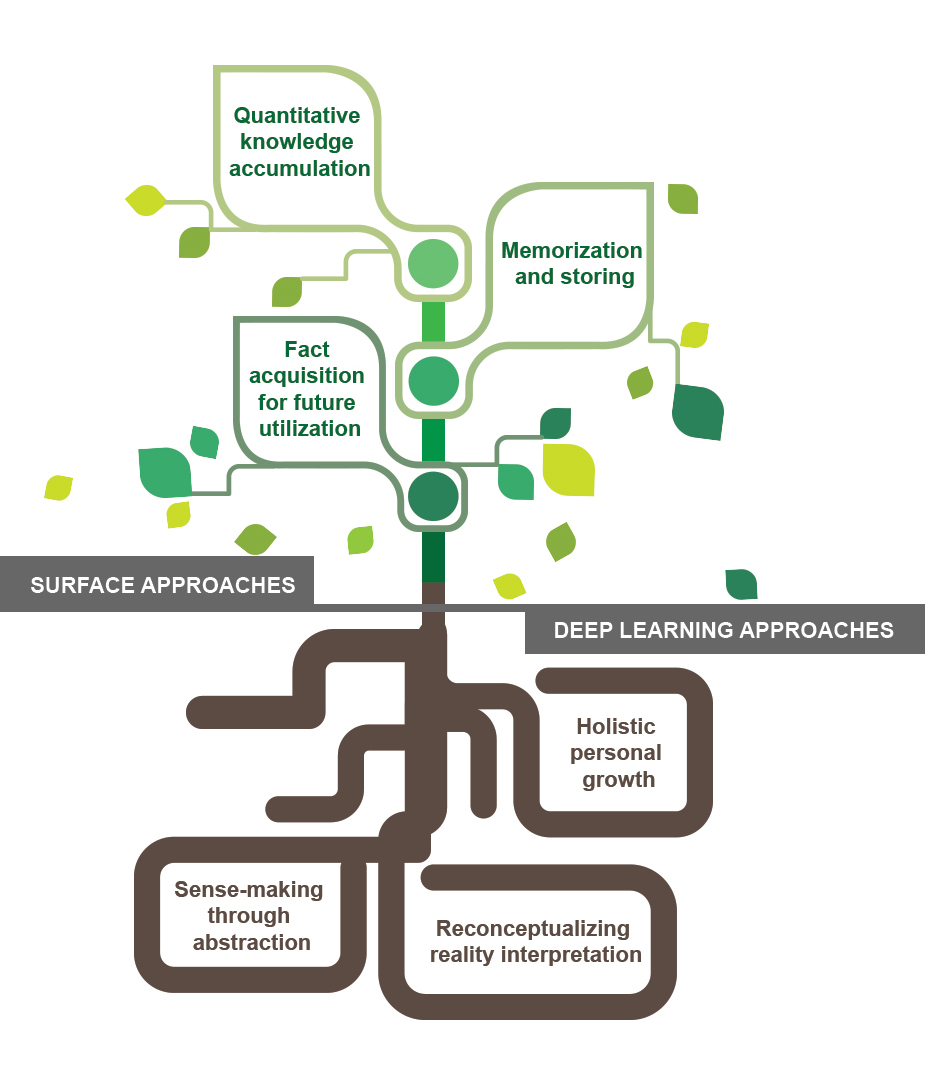
In his book, Stellan Ohlsson3 describes deep learning as the ability to perform essential, non-monotonic, cognitive development and change. He identifies three categories of non-monotonic mental shift:
- Capability to produce new solutions to problems and reach creative insights.
- Adaptation of cognitive competencies through repetitive experimentation.
- Shift in values and perceptions through critical thinking.
This is how Make It Stick4describes it: “Durable, robust learning requires that we do two things. First, as we recode and consolidate new material from short-term memory into long-term memory, we must anchor it there securely. Second, we must associate the material with a diverse set of cues that will make us adept at recalling the knowledge later. Having effective retrieval cues is an aspect of learning that often goes overlooked. The task is more than committing knowledge to memory. Being able to retrieve it when we need it is just as important.”
When you are on the podium, it is always reassuring to pull out a few cards with your notes. However, the notes can only fill in momentary gaps in the flow. Before you test the mic, you need to know the subject and the audience very well.
If a piece of timely, disposable learning, maybe in the form of a paper, an app, or a QR code, or any other avatar of microlearning can help ensure that retrieval happens, we can certainly avoid an error of ineptitude. However, if the fundamental learning has not been durable, ignorance will impede performance when it matters most.
The sequence is clear: durable first, disposable next.
Achieving durable learning
In their playbook for NGOs, Accenture recommends the application of eight principles to achieve durable learning. These are relevant to every learning program, whatever be the format or platform.
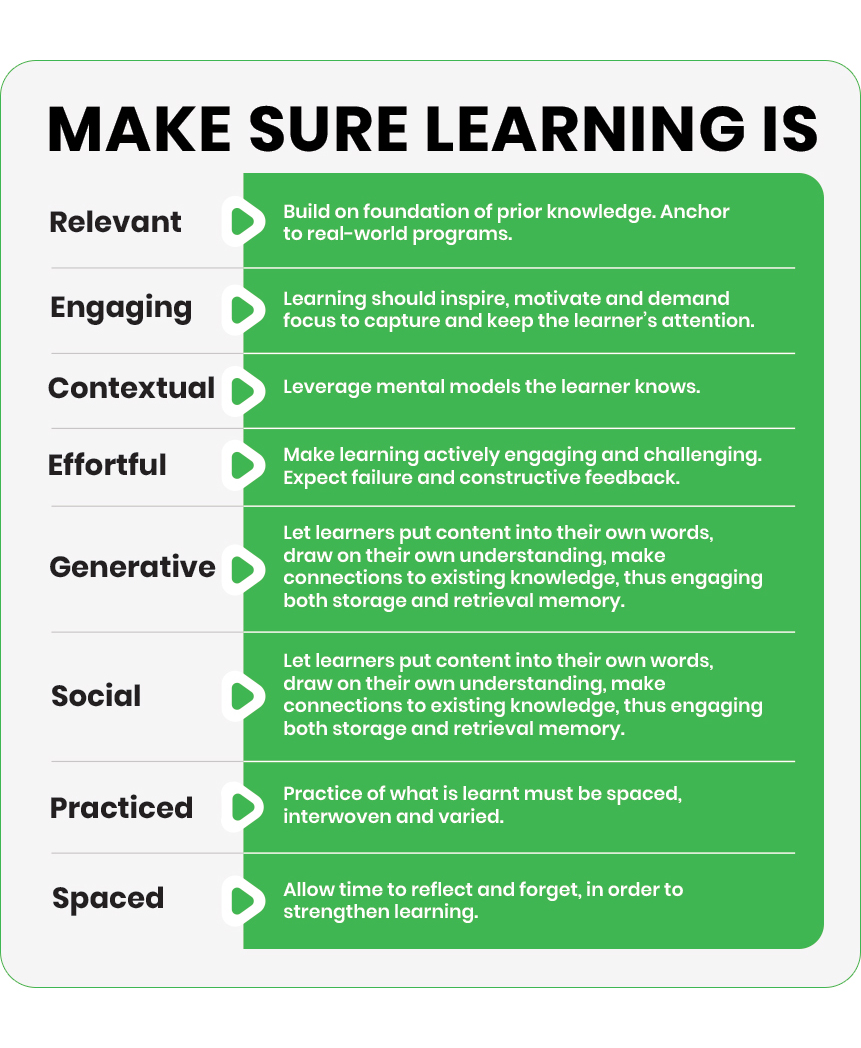
Durable learning, assured workplace performance
Even before the virus shook up the world, disruption was the order of the day. In today’s workplace, while learning needs to endure, performance is crucial. Only deep, durable learning can prepare one for the flexibility essential to respond and adapt to the unknown.
Perhaps in no other field is durable learning as critical as in medical education. Not surprisingly, the lack of durable learning in the first years affects students and junior doctors around the globe and poses a challenge to medical education.
Evidence-based learning strategies have been prescribed as a remedy to address the malady. These include the time-tested approaches to durable corporate learning: spaced retrieval, spaced learning, interleaving, dual coding, concrete examples, metacognition, elaboration, and generation.
According to Matthew Daniel, “the heavy focus on short-term ROI and the delivery of narrow skill sets oft-evangelized in L&D circles may well be the source of the ‘skills shortage’ industries face today. Approaching training from a durable-skills-first perspective empowers talent to make dynamic, longer-term contributions to an organization.”
He classifies skills into perishable (half-life of less than 2.5 years), semi-durable (up to 7.5 years) and durable (more than 7.5 years).
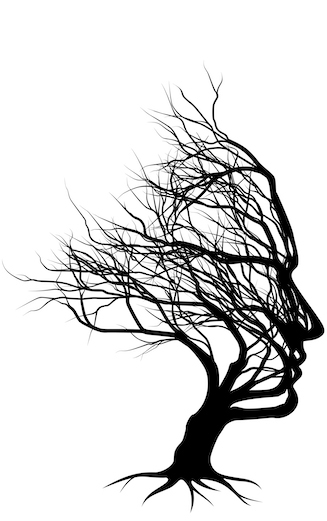
He recommends a tree-shaped model for skill development. “The T-shaped skills development model that accounted for a grounding of soft skills and a deep-dive into a set of hard skills has been more recently modified into an E-shaped model that allowed for multiple levels of deep expertise. But a tree-shaped model may be a more powerful and effective way of thinking through skill development: Durable skills form the roots of the tree, with semi-durable frameworks forming the branches, and more perishable skills coming and going like the leaves with the changing seasons. Our task is to grow a tree that is tall and wide, and flourishes in every season, feeding the roots that keep the tree steady, growing branches of new expertise, and fostering the leaves that change with the passage of time.”
Use deep learning to save lives? Check ✓
On January 15, 2009, Captain Chesley Sullenberger of US Airways Flight 1549 made an emergency landing on the Hudson River, saving all 155 lives and making history.5 With both engines crippled by bird strike, he was instructed by air traffic controllers to go for the nearest airport. He calmly informed he would be unable to reach that and instead chose the Hudson within seconds. That was the Captain Sullenberger’s deep learning at work.
Elliott Masie6 urges “focus on rigorous readiness measures. It is not about memorizing the steps—it is the ability to DO IT—and increasingly that will include prompted steps.” Indeed! Mere memorizing of steps would be shallow learning.
He attributes Captain Sullenberger’s feat to one such prompted step—checklists. “When Sully Sullenberger landed the plane on the Hudson River–in 205 seconds from birds to water, he used checklists for readiness—not his memory.”
I would like to differ here, slightly. Sully did use the checklists for readiness but all the actions he took in landing the plane was from his durable learning. The captain who is empowered with durable learning and endowed with experience is the one who saves lives. Yes, those lives trust the captain to make use of the right checklist at the right time to validate his (or her) memory. Another tricky situation might require another checklist but the same foundation of durable learning that is deep, adaptable, and creative.
We cannot afford any error of ineptitude when we are mid-air, using the scalpel or deciding the strategy for a new market.
If you wish to have a one-on-one chat about durable learning in the workplace or have specific feedback that you would like to discuss, please drop a note at elearning@upsidelearning.com.
1 The Checklist Manifesto by Atul Gawande; Penguin Books India; October 2014.
2 The Conditions of Learning Training Applications by Robert M. Gagné and Karen L. Medsker; Wadsworth Publishing Co Inc; December 1995.
3 Deep Learning: How the Mind Overrides Experience by Stellan Ohlsson; Cambridge University Press; March 2011.
4Make It Stick: The Science of Successful Learning by Peter Brown, Henry Roediger and Mark McDaniel; Harvard University Press; March 2017
5 www.history.com/this-day-in-history/sully-sullenberger-performs-miracle-on-the-hudson
6 Elliott Masie | Crystal Balling With Learnnovators
MDPI Encyclopedia www.mdpi.com/2673-8392/1/3/75/htm
playbook for NGOs www.accenture.com/in-en/about/corporate-citizenship/coronavirus-digitizing-learning-based-programs
lack of durable learning www.lecturio.com/pulse/how-to-ensure-durable-learning-in-medical-education/
Matthew Daniel www.talentmgt.com/articles/2020/10/29/skills-arent-soft-or-hard-theyre-durable-or-perishable/













